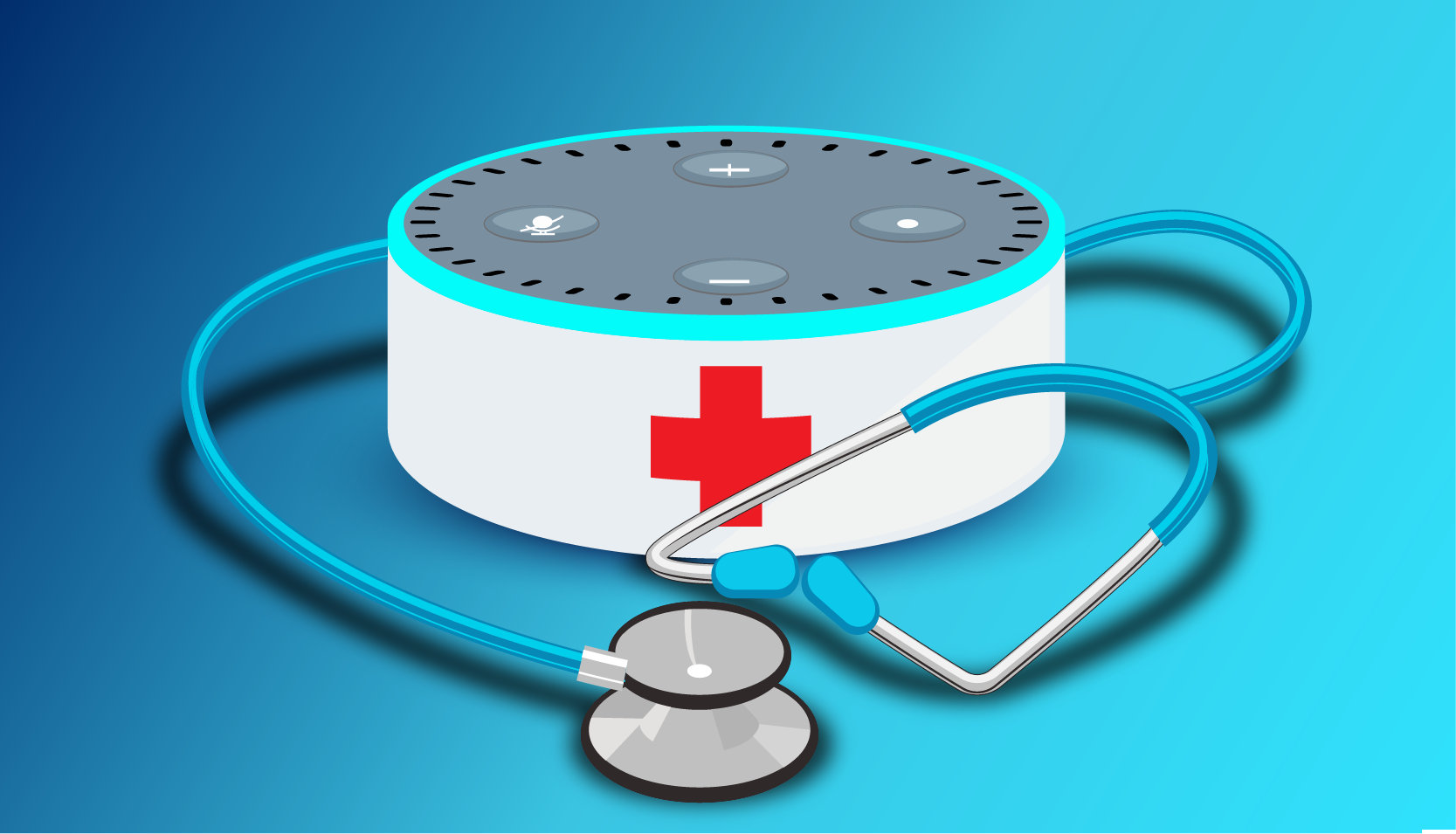Sixty-one percent of older adults prefer to age in their own home with a caregiver, while, at the same time, the number of caregivers who are long-distance is expected to double by 2020. Advancements in health technology have the potential to assist seniors at home and delay assisted living, while providing caregivers peace of mind knowing that their loved ones have the resources to live a high quality life. However, while technology is evolving, the dialogue still needs to amp up on how to leverage technology to support seniors and improve access.
Innovative tech companies are connecting seniors to optimal care in their homes and to social connections outside their homes, creating companions to support medication and activity adherence, and even seamlessly sensing motion through smart clothing. Following are some great examples of how technology can rearchitect the in-home aging experience.
- Hometeam CEO Josh Bruno witnessed first-hand his family’s struggles to find quality care for his grandfather. The proprietary software he developed matches caregivers with seniors based on personality, interests and experiences with certain illnesses.
- CareCentrix connects patients with at-home-care through a network of 8,000+ providers to assist patients and caregivers during the transition from the hospital back to their home. CEO John Driscoll recently announced CareCentrix’s ability to leverage precision analytics to optimize post-acute care.
- Elderly Alexa is a voice app designed to help seniors track medicine intake. Via Amazon Alexa, the app can tell the user the name, dosage, and time the medicine should be taken. The app also notifies caregivers via email whether the medication has been taken.
- ELLI-Q is a robotic aging companion that interacts with aging adults by proactively suggesting activities, such as listening to an audiobook, taking a walk or calling a friend if they have been idle for a prolonged time.
- Sensoria is gearing up to debut a line of wearable technology that can help predict and prevent falls. This will be in the form of sportswear, socks and shoes that contain built-in body sensors. Preventable falls account for more than $31B annually in Medicare payments.
- uberASSIST offers additional assistance for riders as they arrive and depart their destinations. When the Canadian program launched in 2016, Uber also announced a partnership with AGE-WELL to research driverless car adoption and acceptability among the aging population.
In addition to innovation occurring in health technology, there are companies and organizations creating lifestyle programs to support thriving in the senior years.
- SilverSneakers is a program that encourages older adults to participate in physical activities that will help them maintain greater control of their health. Membership provides access to participating gyms, health education and fitness events.
- Intergenerational Learning Center at Providence Mount St. Vincent in Seattle addresses social isolation, which has the same health-risks as smoking 15 cigarettes a day, by encouraging interactions between residents and the home’s preschool. In addition to improved mood and increased conversations among elders, studies have also shown these types of interactions make children less likely to exhibit ageism when they reach adulthood.
- Geezer Gallery in Portland aims to celebrate a future where reaching elderhood is viewed as a process of positive changes, helping seniors view themselves as vital role models and leaders through art. The gallery offers therapeutic art programs, intergenerational mentoring and art exhibitions for senior artists.
Improving access and connectivity
While these solutions and resources exude promise to support aging adults and their caregivers, lack of reimbursement, low connectivity and limited guidance on the right solutions to use for particular needs have hindered adoption. Education is also a challenge, with 92 percent of nurse leaders in small hospitals noting that there is “no staffing time factored into the discharge process to improve patient tech literacy.” Providers, payers, policy makers and tech have an opportunity to advance the dialogue on how to boost connectivity and access to technology and lifestyle programs to help seniors flourish and provide caregivers peace of mind. In our next blog, “Next Gen Zen,” we’ll explore how virtual reality and other technology solutions are promoting peace of mind at all ages.
Be sure to check out our other healthcare blogs leading up to HLTH 2018 on May 6-9th at the Aria Resort and Casino in Las Vegas. Latest blogs include:

